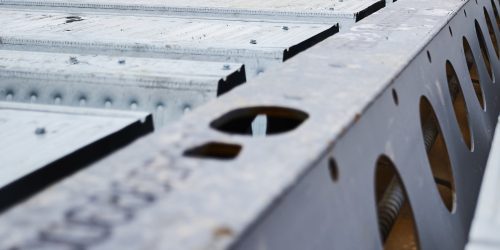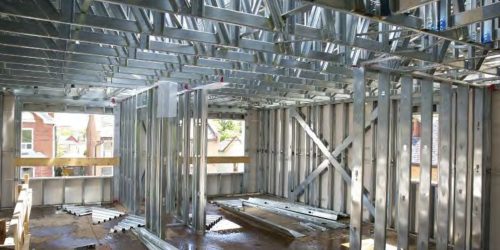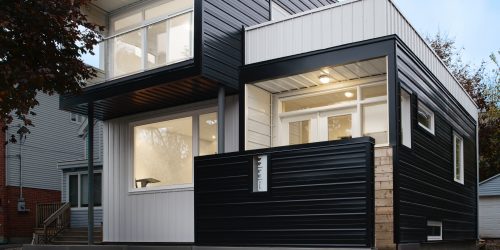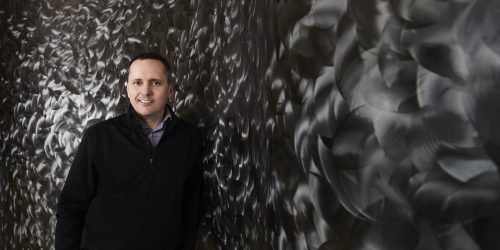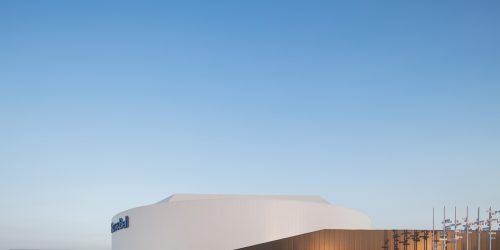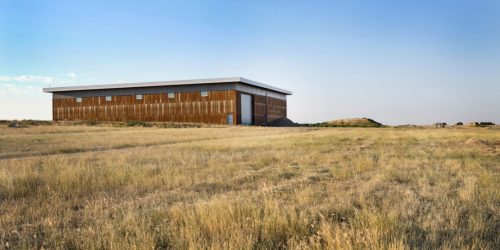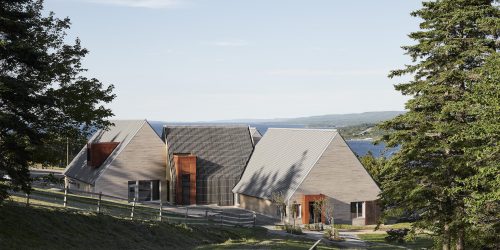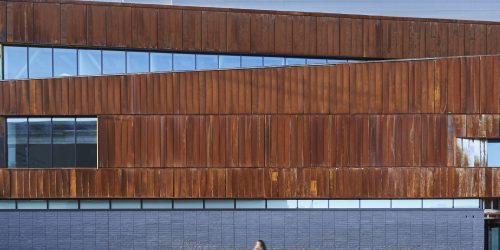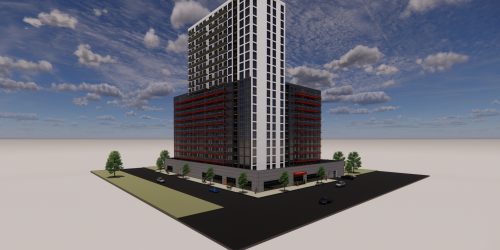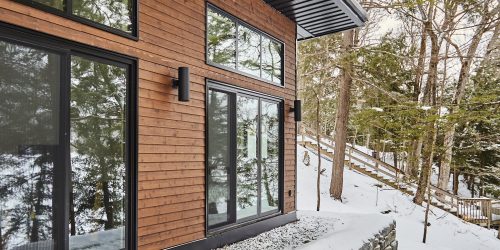The Ultra-Quonset
New steel creates opportunities for mega buildings
Story: Ian VanDuzer
Photography: Rob Poellnitz, SteelMaster Buildings
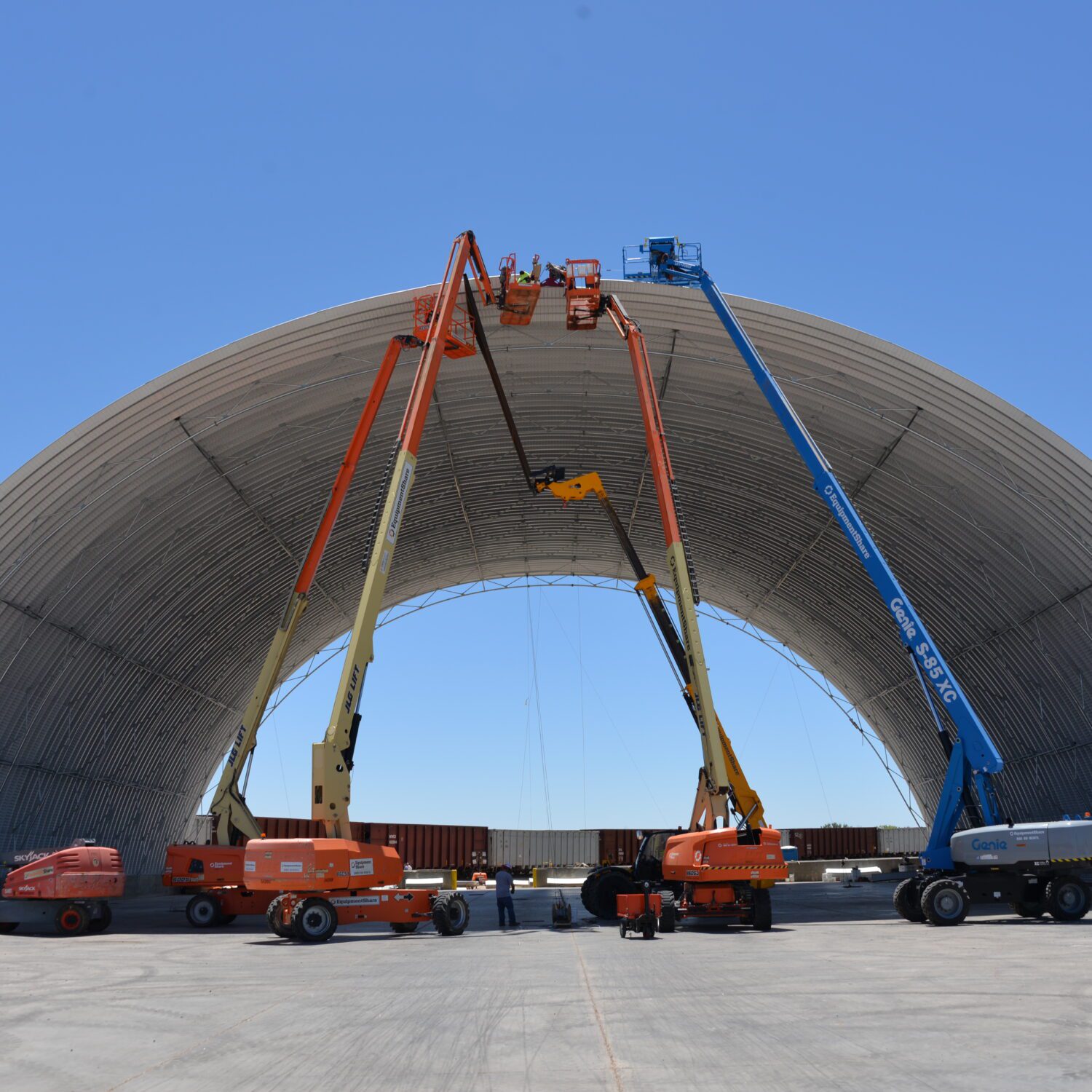
The land to the east of Levelland, Texas — population 12,700 — is a challenging site to build on. As flat as a pancake, the land stretches out as far as the eye can see. Like much of West Texas, the landscape is dry, arid, and dusty.
“It’s like working on the moon,” says Greg Broderick, Senior Project Manager at SteelMaster Buildings. He counts the hazards on his fingers. “You have dust devils. Wind. Tornadoes. Extreme heat during the day. Extreme cold at night.”
It’s a landscape that presents unique challenges to building operators like the Penny Newman Grain Company, who had lost two metal buildings in ten years to the sustained winds of Texas — the sort of repeated failure that strains belief.
“When the Penny Newman Grain Company came to us, they were at their wit’s end,” Broderick recalls. “They were at an absolute loss. They had no idea of where else they could turn.”
“And honestly, I didn’t think we could help them.”
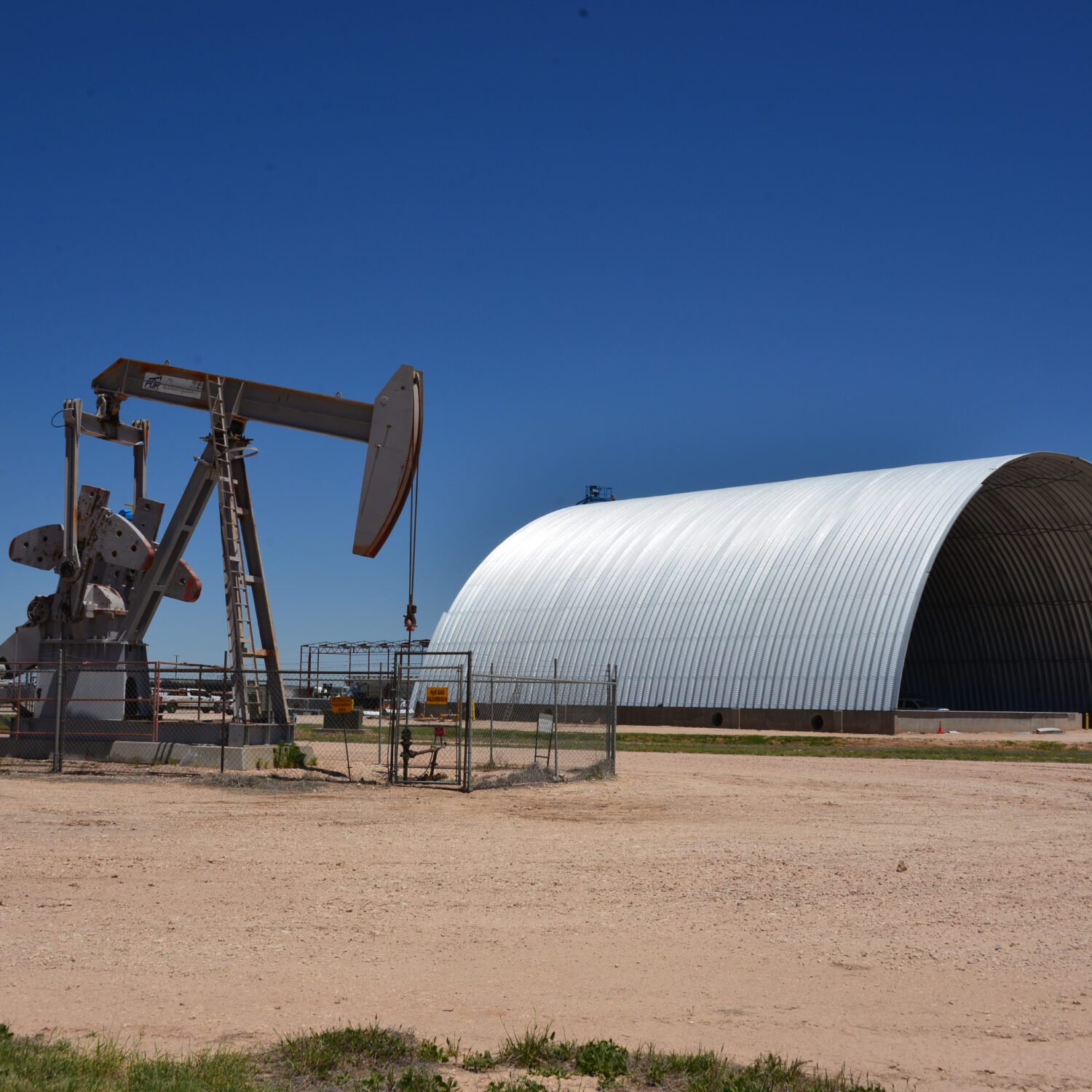
"It’s like working on the moon.”
Penny Newman Grain had a “simple” goal: to rebuild two large processing facilities in the exact same location as their previous buildings. They had poured concrete foundations on which a structure could be built, all that remained of the previous buildings.
On its face, SteelMaster Buildings and Future Steel were prime candidates for solving Penny Newman’s problems. The two partners specialize in Quonset huts — semi-circle pre-fab structures that were first mass-produced in WWII and ever since. The arch of the steel structure provides remarkable strength and durability, with the steel remaining light enough that the building can hold itself up.
“The arch shape is inherently resistant to wind,” explains Lorenzo Turi, Vice President of Operations at Future Steel. “The project owner — he’d grown up with a quonset hut in his backyard. He knew they would work.”
There were two problems, though: the size, and the weather.
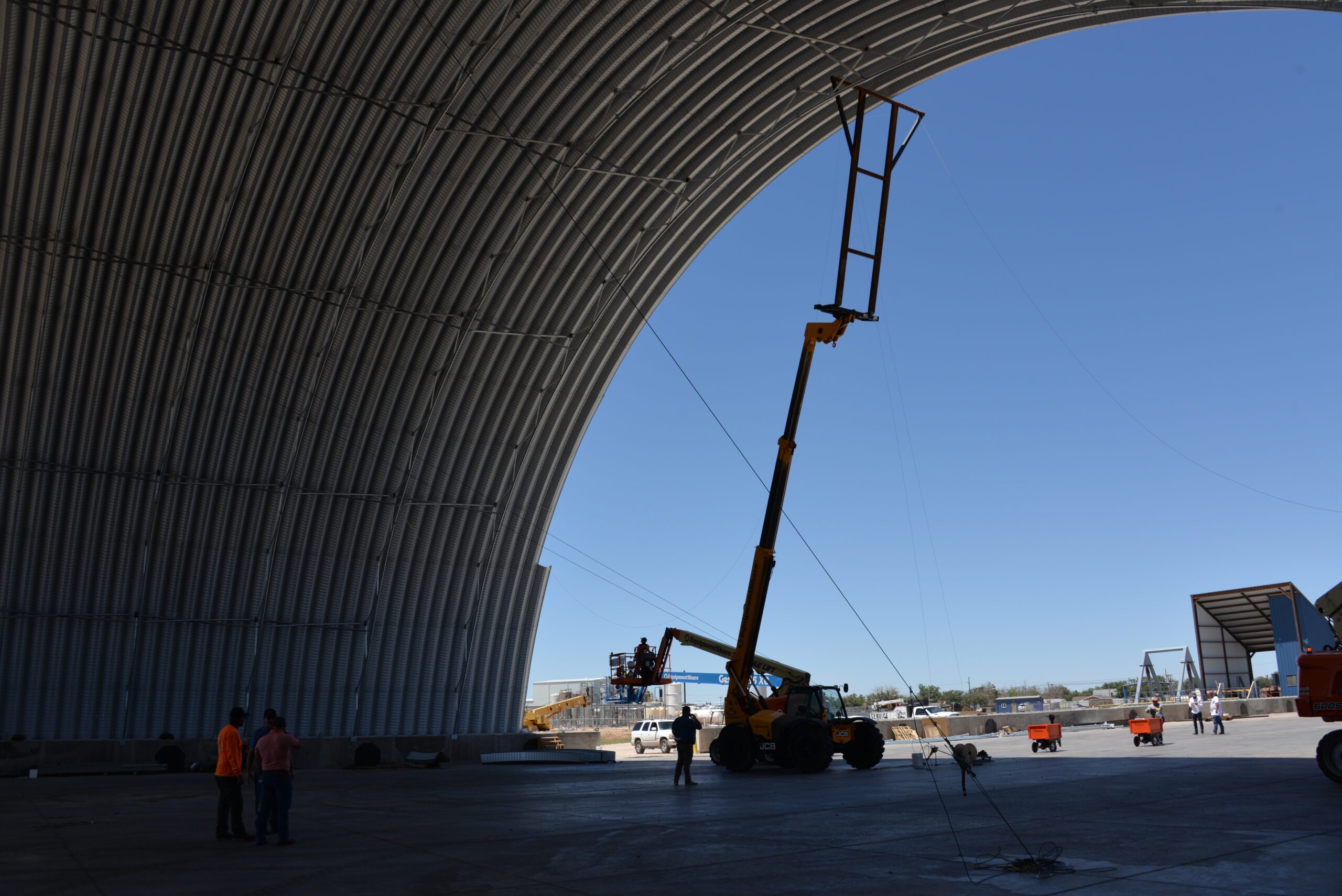
Steel Possibilities
“We were driving out to the site,” recalls Rob Poellnitz, SteelMaster’s B2B President. “And we spotted this round lump in the distance. I remember thinking, is that the building? And then shaking my head. We were seven miles out, there’s no way.”
“But we kept driving, and it just kept getting bigger and bigger. Sure enough, it was our Quonset.”
All told, Penny Newman Grain’s new Quonsets — a second is already under construction — are ultra-huge: 150’ wide, 600’ long, and 64’ tall. They jut out from the horizon, standing like walls against the Texan sky.
And they’re only possible thanks to new steel.
“The timing couldn’t have been better,” says Turi. “While SteelMaster was having these discussions about this project, we were contemporaneously working with ArcelorMittal Dofasco to more than double the previous Galvalume Grade 80 gauge range. The steel was finished at the perfect time to be available for this project.”
Steel Design Magazine wrote about the process of developing ASTM A792 Grade 80 Class 3 Galvalume Plus™ steel in our February issue.
“We simply couldn’t have done this project without the 13 gauge Grade 80 Galvalume Plus™,” says Broderick.
“Our prefabs are typically 29 gauge steel,” Turi explains. “13 gauge is six times thicker. It’s a much, MUCH stronger building.”
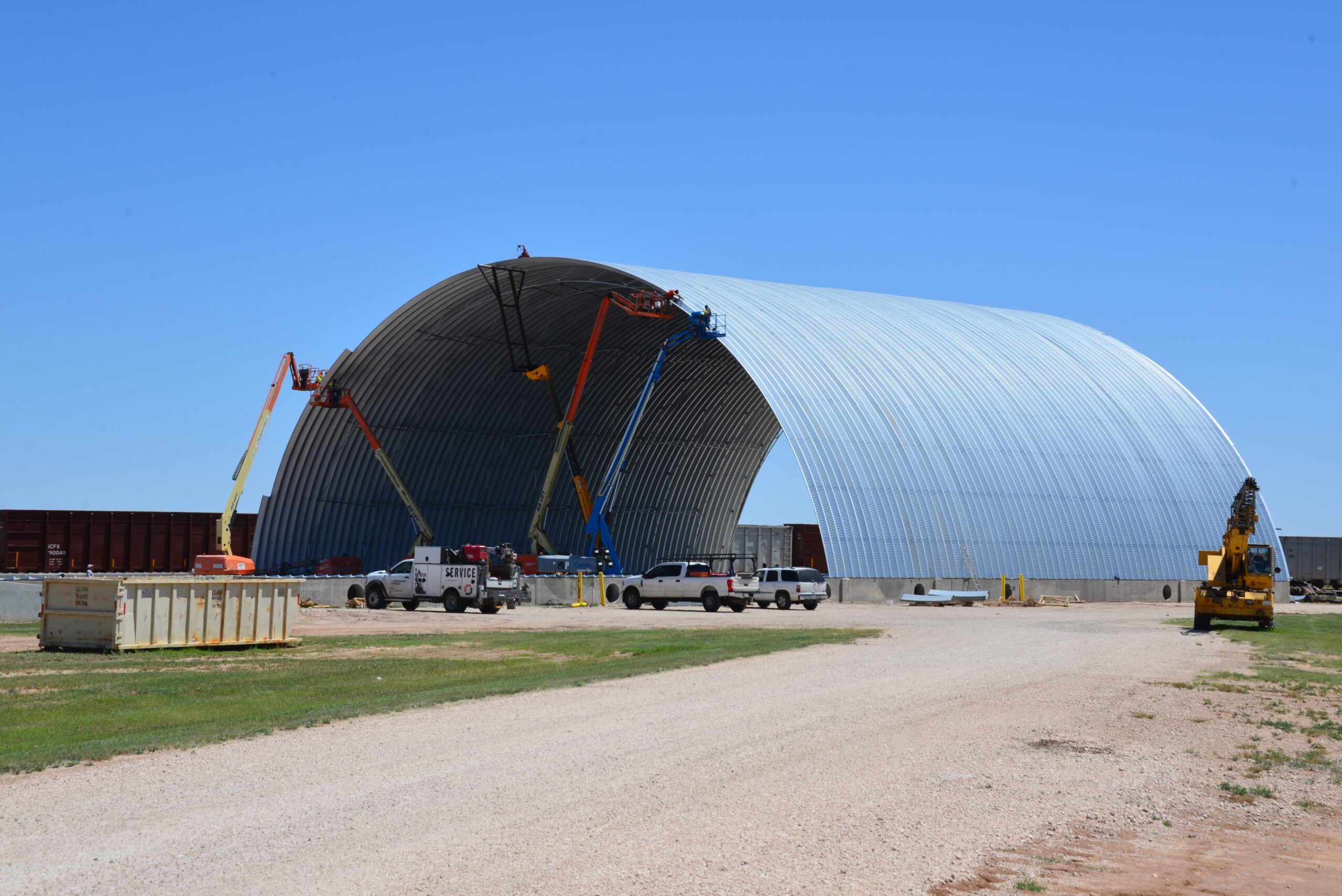
Permanent Solution
To be clear, it’s not the building itself that was previously impossible. “The client could have gone with any number of other solutions,” Poellnitz clarifies. “They could have put up another steel building. They could have done fabric.”
But those buildings would have also fallen victim to the Texas environment, and left Penny Newman Grain in the same position they were in before.
“Maybe they could make the new building last ten years,” says Poellnitz. “But you don’t want to be in a position where you have to embark on this big project every couple years.”
Galvalume Plus™ was the solution. ArcelorMittal Dofasco recently re-upped their warranty on the steel, even before improving the Grade 80 product offering.
“When we can offer a fifty year warranty, that speaks to the quality of the material,” Poellnitz points out. “It stands out.”
And the Galvalume Plus™ coating means the building won’t just stand strong — it will look good, too.
“The acrylic coating of Galvalume Plus™ — for us — makes it an easier product to work with,” Turi says. “It goes through our machines really easily. But it also means that the dust won’t stick to the steel. It protects against rust and dust damage.”
“It’s perfect for what we’re trying to do.”
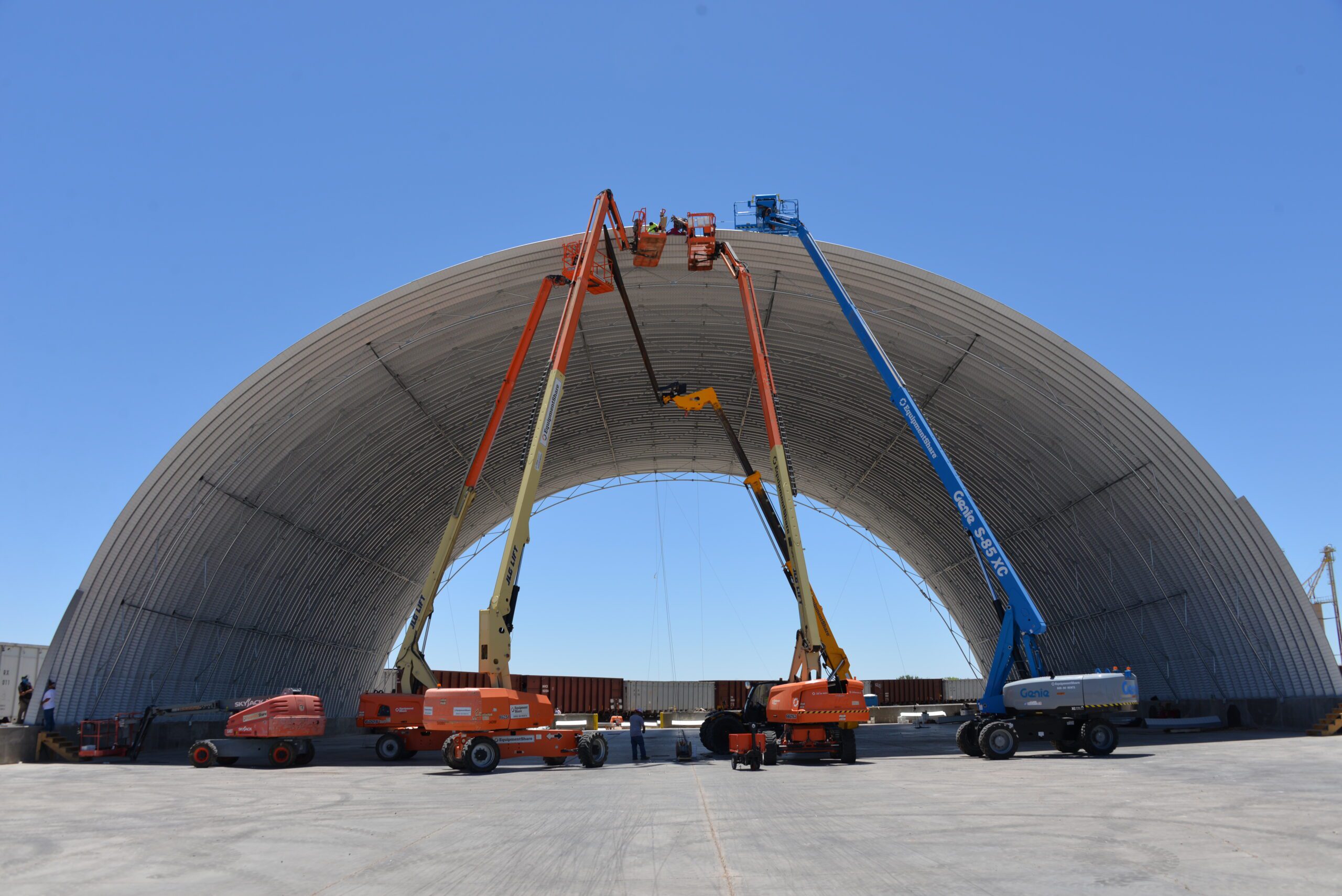
Building the Hut
It’s almost insulting to call the structure currently being erected in Texas a “hut”. That word suggests something small and tiny, not the behemoth we see here. “This is by far the largest building we’ve ever built,” Broderick says proudly. “It’s incredible.”
But working at a new scale means additional challenges, he says. “These buildings are all thin arches connected together. Typically, we’d build the arches on the ground and then lift them into place,” Broderick explains.
The size of the new structure proved challenging, however. “It wasn’t working!” Broderick laughs.
Instead of building anything on the ground, the installers developed a new system to quickly move each individual panel into place. Utilizing pulleys, each panel is lifted up to its spot in the structure, bolted in fast enough for the next panel to be moved. The system can move an individual panel in place every 7 minutes.
“I couldn’t figure out how they weren’t shearing bolts off as they’re pulling the panels up,” Poellnitz laughs. “But it works!”
The new system — including a panel support on the end of a boom crane that holds panels together at the height of the arch — allows more than 1500 square feet of steel panel to be installed every day. That’s only slightly slower than buildings of much smaller sizes.
As long as the dust devils stay away.
“What this steel is doing is revolutionizing the large building market,” Broderick says. “We can do things that haven’t been done before, build things bigger than ever before. You go on the construction site, and everyone is excited about this.”
“This is a real-time example of how we can push boundaries in this industry,” Turi adds. “Except forget pushing — we’ve blown past the old barriers.”
SPECIFICATIONS
DESIGN:
SteelMaster Buildings, Future Steel
INSTALLER:
JPM Steel Fabrication
METAL:
Future Steel
PRODUCT:
ASTM A792 Grade 80 Class 3 Galvalume Plus™
